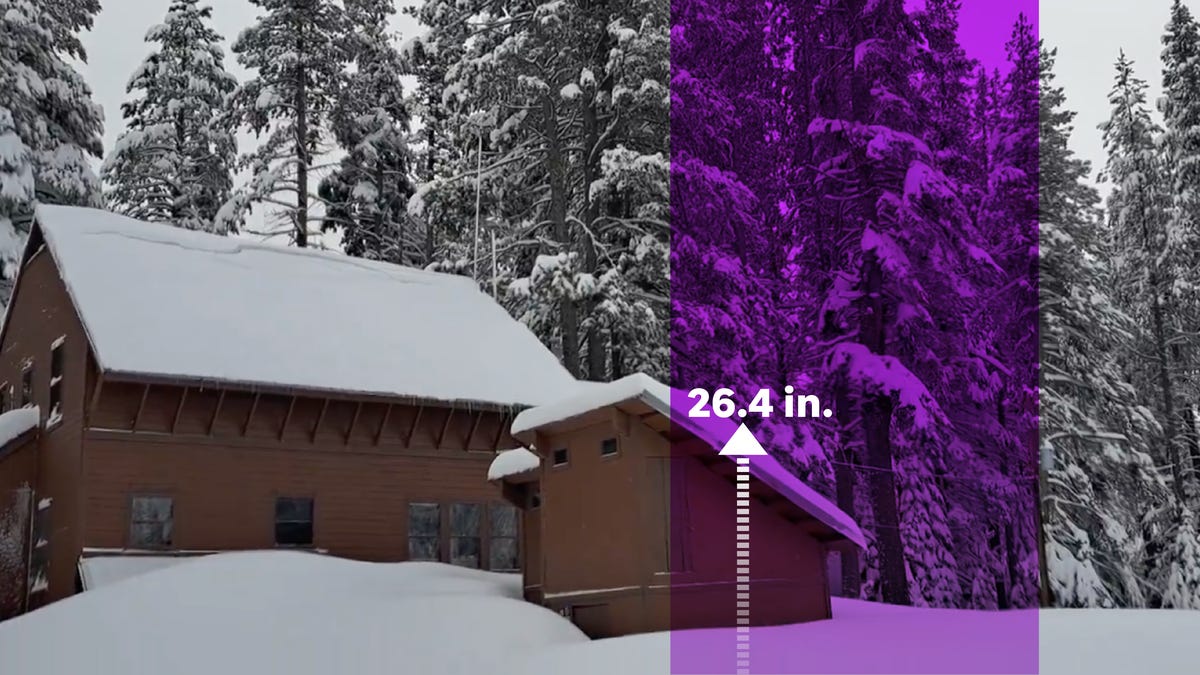Montana
Celebrating a New Way to Feed Montana
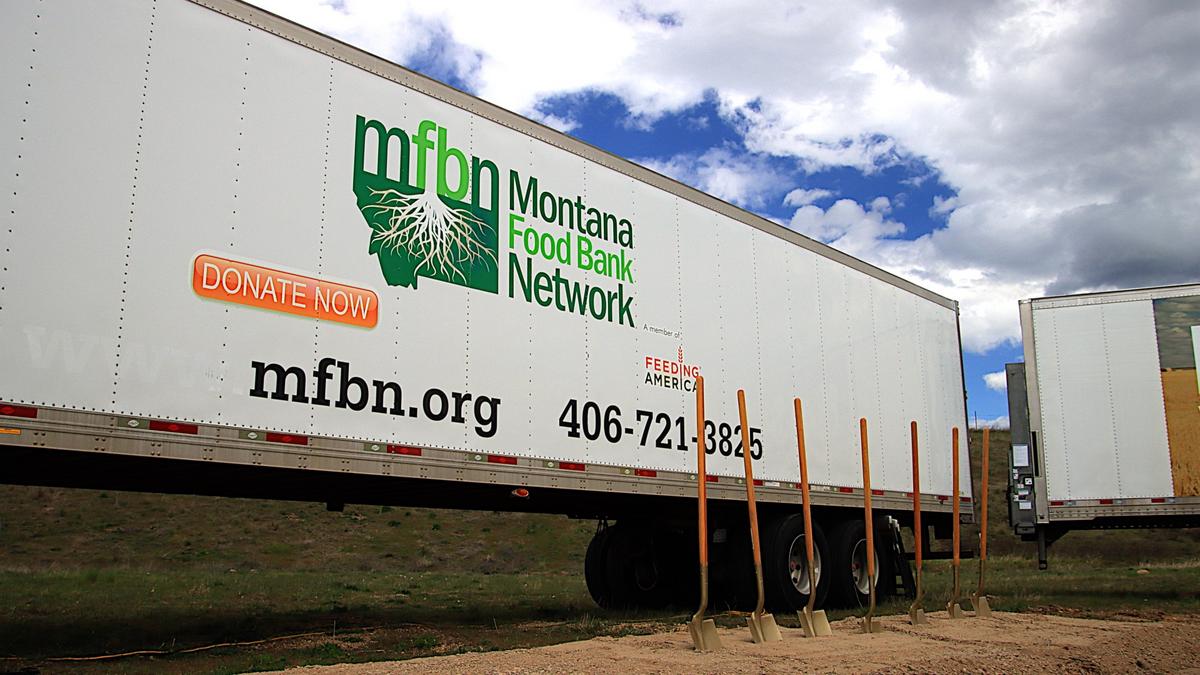
Administrators of the Montana Food Bank Network say efforts to feed the hungry across the Treasure State are taking a major leap forward, as the agency finally commences construction on a new warehouse and headquarters.
“We’re so excited to have you join us and help us celebrate what this new facility is going to do for MFBN.”
Montana Food Bank Network CEO Gayle Carlson was beaming Thursday, as she and her dedicated staff, along with dozens of supporters and partners, gathered to break ground on the long-awaited warehouse and distribution center, completing a goal first launched in 2019.
MFBN CEO Gayle Carlson was all smiles Thursday; Dennis Bragg photo
New warehouse west of Missoula
MFBN leaders had discussed several options for the new warehouse, but felt remaining in Missoula was the best strategic decision for the long term.
“You know Montana’s a big state, and when you’re the only statewide food bank serving this area has massive challenges and a lot of it is the pressure of working out of a facility in one location. We have to cover that entire state from Missoula, and so our core facility has seen its better days.”
READ MORE: Over 100,000 Montanans Are Food “Insecure”
Dennis Bragg photo
New opportunities to feed 1 in 12 Montanans coping with hunger
Following a blessing of the ground with tribal representatives, Carlson and the others grasped ceremonial shovels and launched Montana’s hunger campaign into a new future, filled with new opportunities. Carlson and her team say the new facility will improve efficiency, providing more room for storing food when it becomes available from national sources, and giving local food pantries a place to store donations, especially from local sources.
Artists’ rendering of the new warehouse; MFBN
Rendering of the new warehouse and HQ in Missoula; MFBN photo
Attention will now focus on the public campaign to raise additional funds for the new facility.
Construction is slated to take 14 months.
LOOK: Best counties to retire to in Montana
Gallery Credit: Stacker

Montana
Secretary of Transportation Buttigieg visits Montana, celebrates infrastructure investments • Daily Montanan

MISSOULA — Touting $5.3 billion of federal dollars coming to Montana, U.S. Secretary of Transportation Pete Buttigieg said Monday investments in airport, road and other infrastructure projects have been sorely needed, already are having a positive effect, and are at amounts unprecedented in his lifetime.
Buttigieg spoke briefly at Missoula Montana Airport, which received $17 million from the federal Department of Transportation for the second phase of a terminal construction project. It opened a new $67 million terminal in 2022.
The airport has seen record growth in passengers in recent years. It remains a hardhat zone for the second phase of work, but director Brian Ellestad said it already has received wide recognition: Newsweek recently named Missoula Montana Airport a finalist for best small airport in the U.S.
To a group of local and state officials including legislators and city and county leaders, Buttigieg said partnerships between Montanans and federal officials were key to completing the terminal, as was the union labor that built it.
“We always love hearing about a project that comes in under budget on federal dollars,” Buttigieg said.
Over the years, the airport expanded since it opened with funds approved through President Franklin Delano Roosevelt’s New Deal in 1938, he said. However, he said the upgrades haven’t kept pace with growth in western Montana.
Along the way, lots of people wanted to fly to Missoula — “for reasons that I now understand better” — but doing so was cost prohibitive. He said the federal investments help needed expansion, which attracts airlines, which in turn creates competition and drives down ticket prices.
Investments in Montana airports are important to the economy so the Treasure State can do business with the rest of the nation, said Brian Sprenger, president and CEO of the Bozeman Yellowstone International Airport, the busiest in the state.
In a phone interview, Sprenger said Montana is remote — the only state in the lower 48 that’s not contiguous to a state with a city of a million or more — and air travel is critical to business.
“It’s the only way we can get things done relatively quickly is by being connected to the outside world,” Sprenger said.
According to the Department of Transportation, the Biden administration’s bipartisan infrastructure law is funding more than 508 specific projects in Montana. At the event, Buttigieg said federal support includes $2.4 billion in road modernization.
Buttigieg also highlighted a $24 million award to change U.S. Highway 200 near East Missoula from “a thoroughfare that bisects the community” into a main street that’s safer for bikers and pedestrians, along with $25 million going to a downtown Missoula project, and other initiatives.
“It’s a level of financial support from the federal government that we haven’t seen in my lifetime,” he said.
The DOT estimated $2 billion is going toward clean water and water infrastructure.
The investments are already translating into paychecks that mean people can buy Christmas presents or own a new home, Buttigieg said. He said the number of total construction jobs hit 8 million in September and has been reaching new records every month since.

Buttigieg also said he wanted to acknowledge Montana’s federal delegation and specifically U.S. Sen. Jon Tester, D-Montana, for the bipartisan infrastructure law. He said people such as Tester saw that Democrats and Republicans who didn’t agree on much could agree on funding for infrastructure.
“FDR had the New Deal,” Buttigieg said. “I call this infrastructure package the Big Deal — because it is a big deal … I think it recalls the best in the American tradition, which is having big visions and big aspirations and then going after how to get them done.”
Of the 51,000 projects the transportation department is funding, Buttigieg said not one of them was dreamed up from within agency headquarters. Instead, he said all of them came from community.
“And that’s how it ought to be,” Buttigieg said.
Bozeman Yellowstone International Airport
Brian Sprenger, president and CEO of the Bozeman Yellowstone International Airport, said Secretary of Transportation Pete Buttigieg isn’t stopping at Montana’s busiest airport this time, but Bozeman hopes to have him drop by in the future.
The airport in Bozeman anticipates it will handle 65% more passengers than it did in 2019, Sprenger said.
It also has undertaken expansions and upgrades, including a new $22 million baggage system. He said a major terminal project is kicking off, and the airport is also improving its airfield.
“We’re having a lot more aircraft than we were seeing as well,” Sprenger said.
He said the airport has received an estimated $14 million from the bipartisan infrastructure law.
Montana Fact Sheet from DOT
Montana
Why ‘two Montana guys’ are duking it out in the Senate
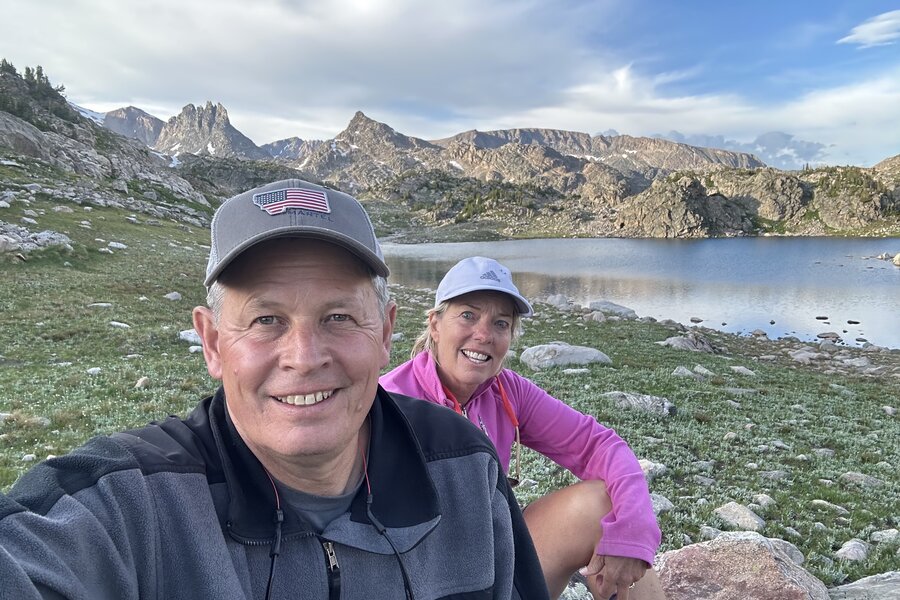
About 45 minutes into our Monitor Breakfast on May 2 with Sen. Steve Daines, I finally asked him the question: “So how’s your relationship with Jon Tester these days, given that you’re trying to get him fired?”
Senators Daines and Tester of Montana are one of the few remaining “odd couples” of Congress’ upper chamber – one a Republican, the other a Democrat. And as chair of the Senate Republicans’ campaign committee, Mr. Daines is indeed working hard to defeat Mr. Tester in November. Control of the Senate, currently in Democratic hands, is on the line.
But in response to my question, Mr. Daines insisted all was well. “Oh, we get along just fine,” he said. “It’s two Montana guys.”
Then Mr. Daines suggested perhaps a bit of tension. In 2020, he said, when he was up for reelection, Mr. Tester had tried to get him “fired.”
It’s kind of like high school football, he said. “You’re wearing one color jersey, and your opponent’s in the other color jersey. You’re taking hits against each other.” Afterwards, “you say ‘good game,’ and you move on.”
Indeed, both men are affable Montanans. Mr. Daines had a career in the private sector, including six years in China working for Procter & Gamble, before going into politics. Mr. Tester is a third-generation dirt farmer and former schoolteacher, first elected to the Senate in 2006. I once ran into him at Costco (here in Washington, not Montana) – he’s hard to miss with his distinctive flattop – and we had a nice chat.
But there’s no denying the yin and yang of their relationship. At our well-attended May 2 breakfast, Mr. Daines was soon taking another dig at his state’s senior senator: “It’s almost as if there’s two different states represented, truly. If you look at Jon Tester’s voting record, it’s 95% with Joe Biden.”
And, Mr. Daines added for good measure, “I’m pretty sure by the time we get to November, Montanans will have a very clear view of what his voting record has been like.”
Maybe this Montana odd couple’s days are numbered. But with six months to go before Election Day, the game has just begun.
Watch the full video here. Read our coverage here.
Montana
Montana Roofing Leaders Breaking Barriers and Building a Brighter Future
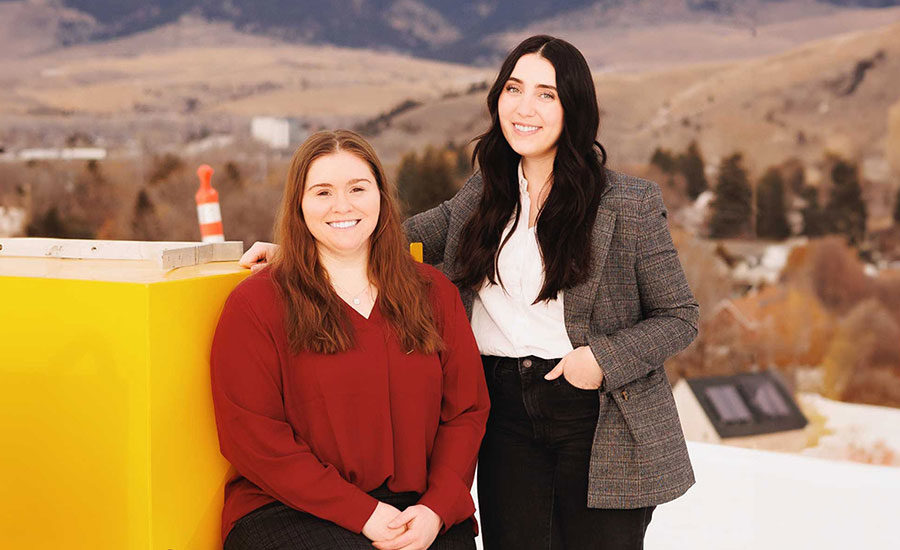
Montana
has its fair share of unique roofing challenges. Seasonality limits
timelines, while the varying landscapes and climates demand resilient
roofing systems. However, the expansive state also faces challenges that
roofing contractors everywhere understand.
Labor shortages
continue to hamper roofing companies, compounded by the difficulties of
recruiting younger generations more interested in being “influencers”
than climbing onto a roof. But in the Treasure State, two gems are
shining in the Montana Roofing Association’s crown, which indicates a
bright future for the industry.
At its 35th annual convention in
January, the MRA chose Morgan Thiel and Rachel Hoover as its president
and vice president, respectively, marking the first time in the
association’s history women held both roles. The move represents the
association’s desire to see the next generation lead the way and an
increased effort to make roofing more inclusive.
“I feel like
we’re in a unique space where we’ve both come from companies that have
really championed women – about half of my company is women,” Hoover
said. “I think that we’re seeing the desire to have more women in the
space because of the unique things we bring.”
Thiel and Hoover participating in the 2024 National Women in Roofing Days in Las Vegas. Photos courtesy of Rachel Hoover.
Madams President and Vice President
Thiel
is a third-generation roofer — her father and uncle co-own Thiel Bros.
Roofing in Sidney, Mont., and she grew up working at the family business
during summers, something she continued to do in college. After
finishing her post-secondary education, she returned to work full-time
in 2018.
Her official title is project coordinator, but she dons
several hats in the company, whether handling project paperwork, running
machines or working on a roof.
“I felt very welcomed at every
level in this industry. And I think that’s a really good sign moving
forward,” Thiel said. “I know a lot of women did push through more
uncomfortable times for us to kind of get where we are, but yeah, I
think that’s a really positive direction that the roofing industry is
going.”
Thiel Bros. Roofing is also a founding member of the
Montana Roofing Association. As a result, Thiel attended MRA conventions
as a child, especially when her parents ran the events. Two years after
joining the company full-time, some of the members asked if she would
join the MRA’s convention committee. She took them up on the offer,
continuing a family legacy.
A year after that, Thiel became vice
president of the MRA, a position she held for three years until she
became president in 2024.
Hoover’s journey into roofing began two
years ago when she joined Ace Roofing in Wilsall, Mont., as its director
of marketing. However, it’s not her only connection to the industry.
Hoover’s grandfather owned a roofing company in Montana, which was also a
founding association member.
“It was really fun [connecting] with Morgan’s dad and uncle and hear stories about my grandpa,” Hoover said.
Ace
Roofing’s founder and president, Jake Magalsky, had served as president
of the MRA. In 2023, he asked Hoover if she would serve on the
association’s convention committee. Hoover was glad to step into the
role, where she worked alongside Thiel. When Thiel became president,
Hoover was elected vice president and chair of the convention committee.
Her
experience with event marketing, sponsorships, developing growth
strategies and community involvement through Ace Roofing have made her
an asset to the MRA.
“I’m not the one putting roofs on, but it’s an important role and something that I really enjoy doing,” Hoover said.
Although Thiel and Hoover may be a minority in the roofing industry, the duo’s rise to the top leadership positions is no fluke.
“I
think that the members that voted us in obviously see the value in
having some newer people that maybe are a little bit more innovative or
looking at [how] we can change things to make things better,” Hoover
said.
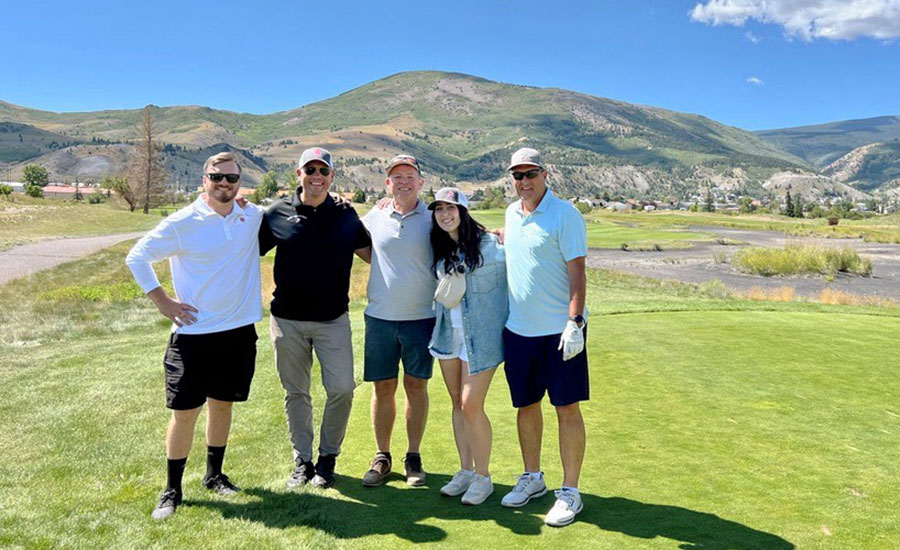
The Montana Roofing Association’s annual golf outing benefits its Cameron Sauter Memorial Scholarship. The program has granted more than $40,000 in scholarships since 1994.
Promoting Diversity and Inclusion
Changing
things for the better includes bringing more women into the workforce.
According to the National Roofing Contractors Association, in 2019,
women made up approximately 2% of the roofing labor force, one point
more than a decade earlier.
“A lot of people don’t really know
about it as an option,” Thiel said. “We’re from a small town in a remote
area, but a lot of people don’t really even know what we do or what
working at a roofing company looks like until they come and try it out.”
In
addition to the MRA initiatives, a Montana-Wyoming chapter of National
Women in Roofing is slowly but surely growing in membership. Thiel, who
heads the chapter, expressed that there can be difficulties bringing
people together in such a massive state, but the efforts are paying off.
“We
try to get a women’s lunch going at all our MRA events to grow that,”
Thiel said. “It’s incorporating those events to give women a place in a
[fairly] male-dominated industry.”
Thiel and Hoover emphasize
education as one of the cornerstones of their approach, drawing
inspiration from groups like the NRCA. Among their strategies are
reaching out to people seeking a different career and working with
schools to present roofing as a viable career path.
“Women are
really good with technical details and tend to be better at taking care
of paperwork and reports along with running a lot of the machinery we
operate that is more detail-oriented, so there are definitely companies
looking for women for specific roles,” Thiel said.
Looking to the Future
The
efforts go beyond gender. The MRA is pursuing ways to reach other
minorities in roofing and younger generations. This has included
bringing guest speakers to its conventions and seeking information and
resources from manufacturer partners.
“It’s shifting the
perception away from ‘it’s a summer job’ to a legitimate career path,
not just for women, but for men too,” Hoover said. “Most of the people
in our organization didn’t think they were going to go into roofing, and
they found a place and they made a good career out of it.”
Technology,
as a solution for making roofing more efficient with fewer workers,
continues to gain steam, though the construction industry is
traditionally a late adopter. Montana’s diverse landscape and remote
locations mean roofing companies vary wildly in what products they use,
whether on the roof or in the office, so making suggestions to MRA
membership isn’t one-size-fits-all.
“Everyone is struggling with
workforce issues these days, so this is just one way we’re looking to
solve that issue,” Thiel said.
Thiel admits her company might be
“behind the curve” in implementing technology but understands why —
companies with more extensive legacies have innate understandings of how
their operations work, so the urge to modernize can become an
afterthought.
“We’re pretty much always looking for something that
can work for us; it’s been a bit of a challenge finding programs that
will fit what we do, specifically us because, since we’re in such a
remote area, we do a lot of different things to serve our region,” Thiel
said.
By comparison, Ace Roofing has adopted various software
programs to streamline its operations. However, Hoover cautions that
companies must ensure they’re not bringing on tech simply because it is
new.
The duo points out that adopting technology is more than
using modern software and drones. The latest gadgets, tools and
equipment make roof applications easier than in past decades, and as
more advancements to roofing products hit the market, equipping crews
with them can make the job more appealing to those who perceive it as
grueling work.
“I think the other part of it, too, is I think
we’re all a bit unique. [Ace Roofing has] a fairly young team,
millennials and some Gen Z, so I think those generations are very eager
to implement new technology if it means working smarter, not harder,
which is great,” Hoover said.
The association’s approach to
tackling all these issues is multi-pronged. For instance, Hoover said
the MRA’s political committee has been active, meeting with state
lawmakers and representatives as recently as last March to garner
support for the industry.
“I think we’re involved in things on
multiple levels, making sure we’re serving the roofers of Montana and
serving our industry the best we can,” said Hoover.
Of course,
it’s not all work and no play for the MRA. The association holds an
annual golf tournament to support its scholarship and is hosting its
third annual fishing trip at Flathead Lake in July.
As they lead
the MRA into the future, Thiel and Hoover are grateful for the
association and the support they’ve received from its membership. Both
readily seek advice to fill the gaps in their knowledge.
“We have a
lot of older members who have been around a long time and have a great
deal of knowledge, experience, and wisdom that guide us a lot,” Thiel
said. “We have a lot of people who have grown up, like me, [as] children
of founding members that are in leadership positions now, which is cool
to see, and then we also have quite a few new people stepping in … it’s
cool to see different perspectives from different groups.”
Hoover agreed that having that depth of information has been invaluable.
“I
feel like they’ve really kind of taken us under their wing; they’ve
been mentoring us and giving us advice on the things that work [and] the
things that haven’t, and it’s just been such an amazing wealth of
knowledge,” she said.
-

 News1 week ago
News1 week agoBoth sides prepare as Florida's six-week abortion ban is set to take effect Wednesday
-

 Politics1 week ago
Politics1 week agoColumbia University’s policy-making senate votes for resolution calling to investigate school’s leadership
-

 Politics1 week ago
Politics1 week agoGOP Rep. Bill Posey won't seek re-election, endorses former Florida Senate President as replacement
-

 World1 week ago
World1 week agoBrussels, my love? MEPs check out of Strasbourg after 5 eventful years
-

 World1 week ago
World1 week agoRussian forces gained partial control of Donetsk's Ocheretyne town
-

 Politics1 week ago
Politics1 week agoHouse Republicans brace for spring legislative sprint with one less GOP vote
-

 World1 week ago
World1 week agoAt least four dead in US after dozens of tornadoes rip through Oklahoma
-

 Politics1 week ago
Politics1 week agoAnti-Trump DA's no-show at debate leaves challenger facing off against empty podium



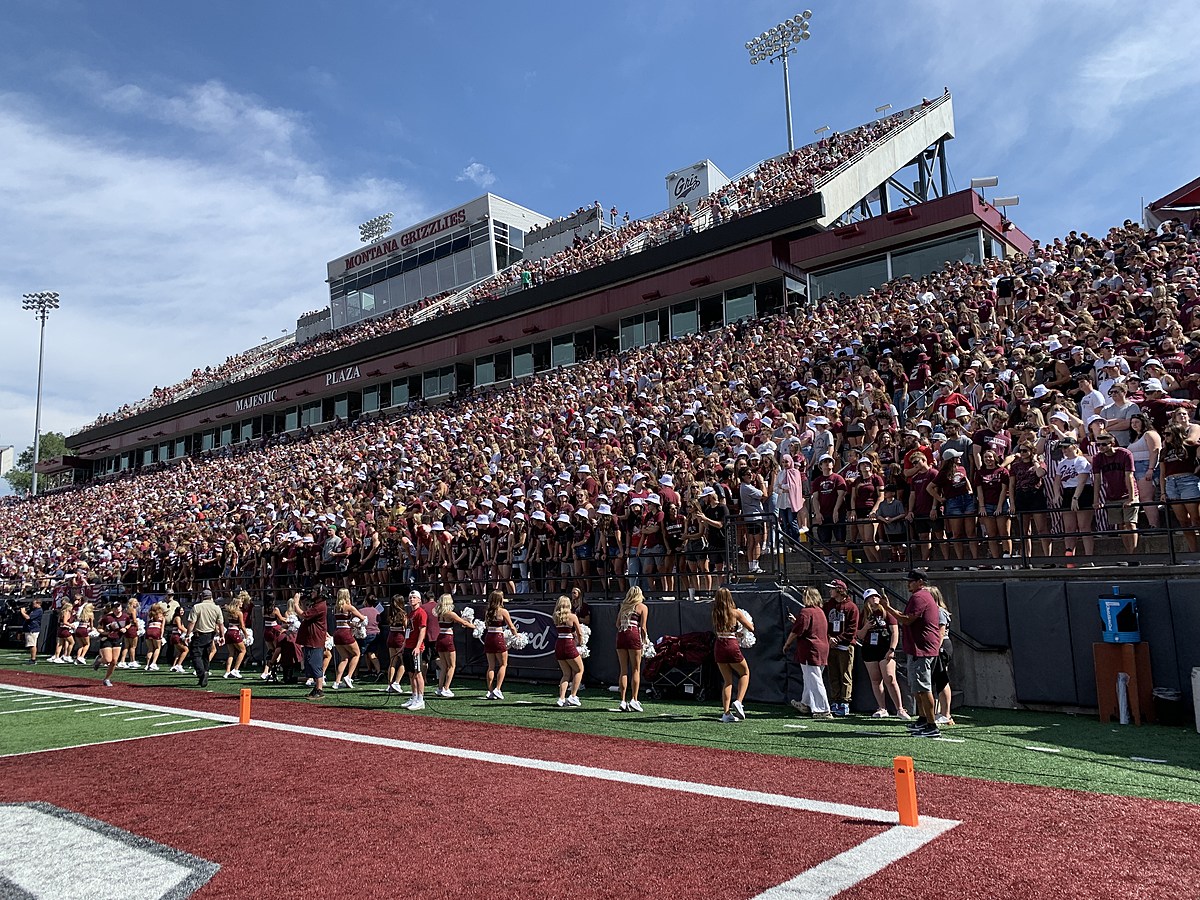

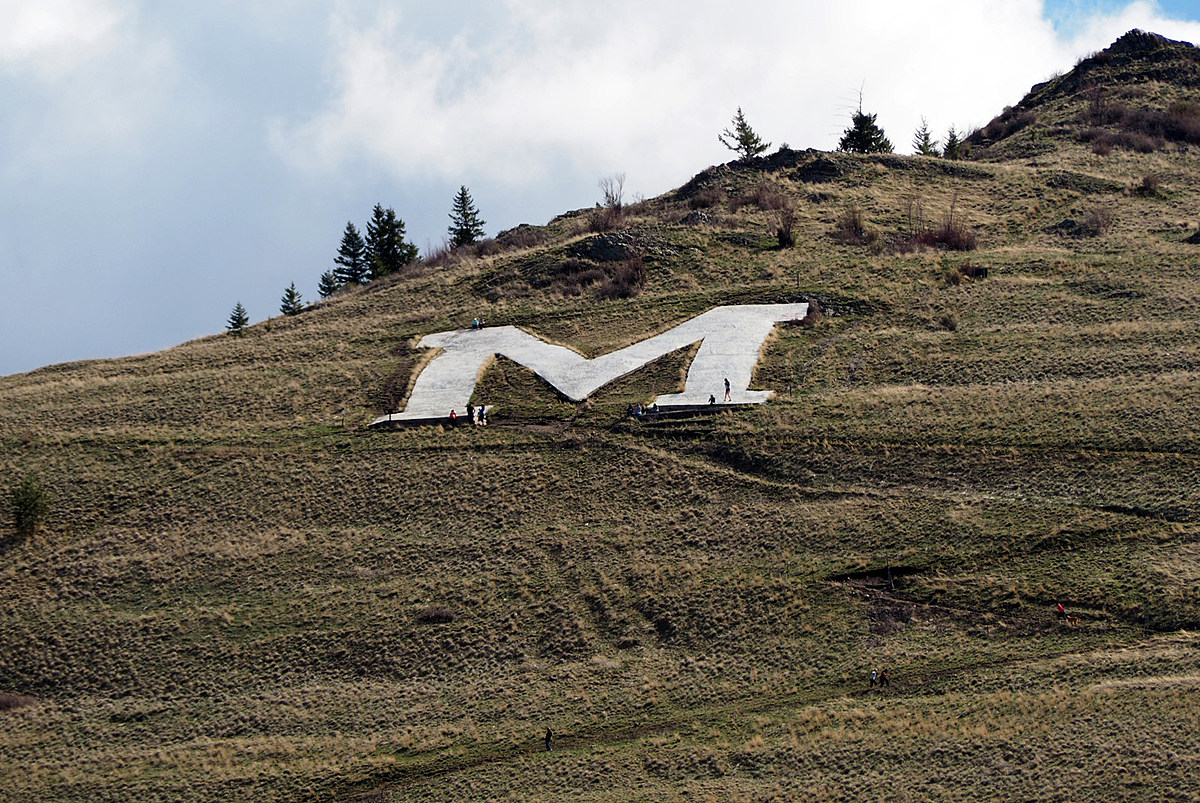
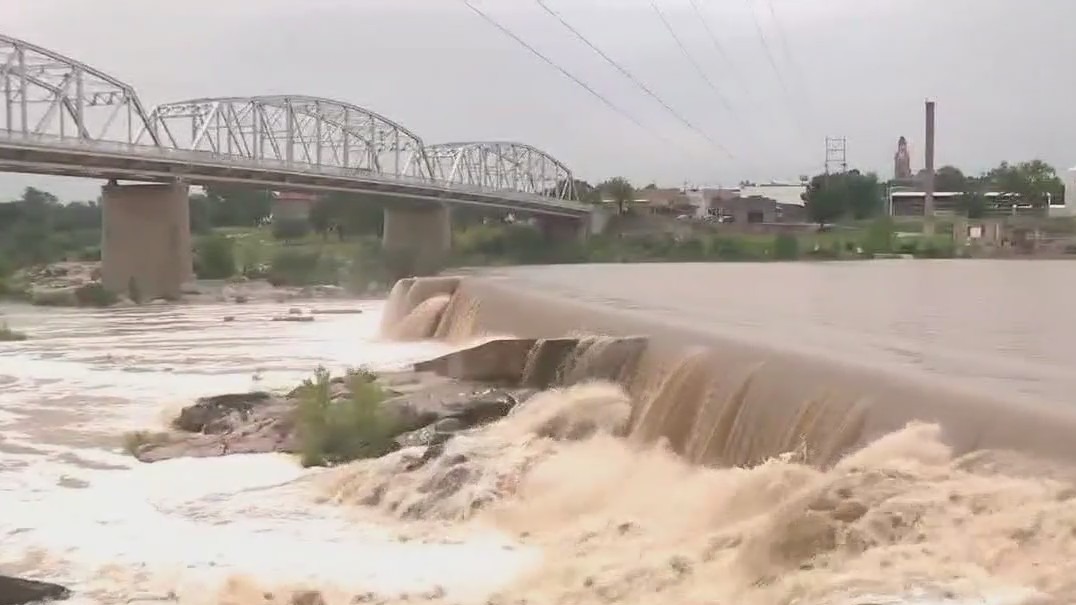

:quality(70)/cloudfront-us-east-1.images.arcpublishing.com/adn/CWRC25VHXZG3ROSTUP6QHAAXUY.JPG)









